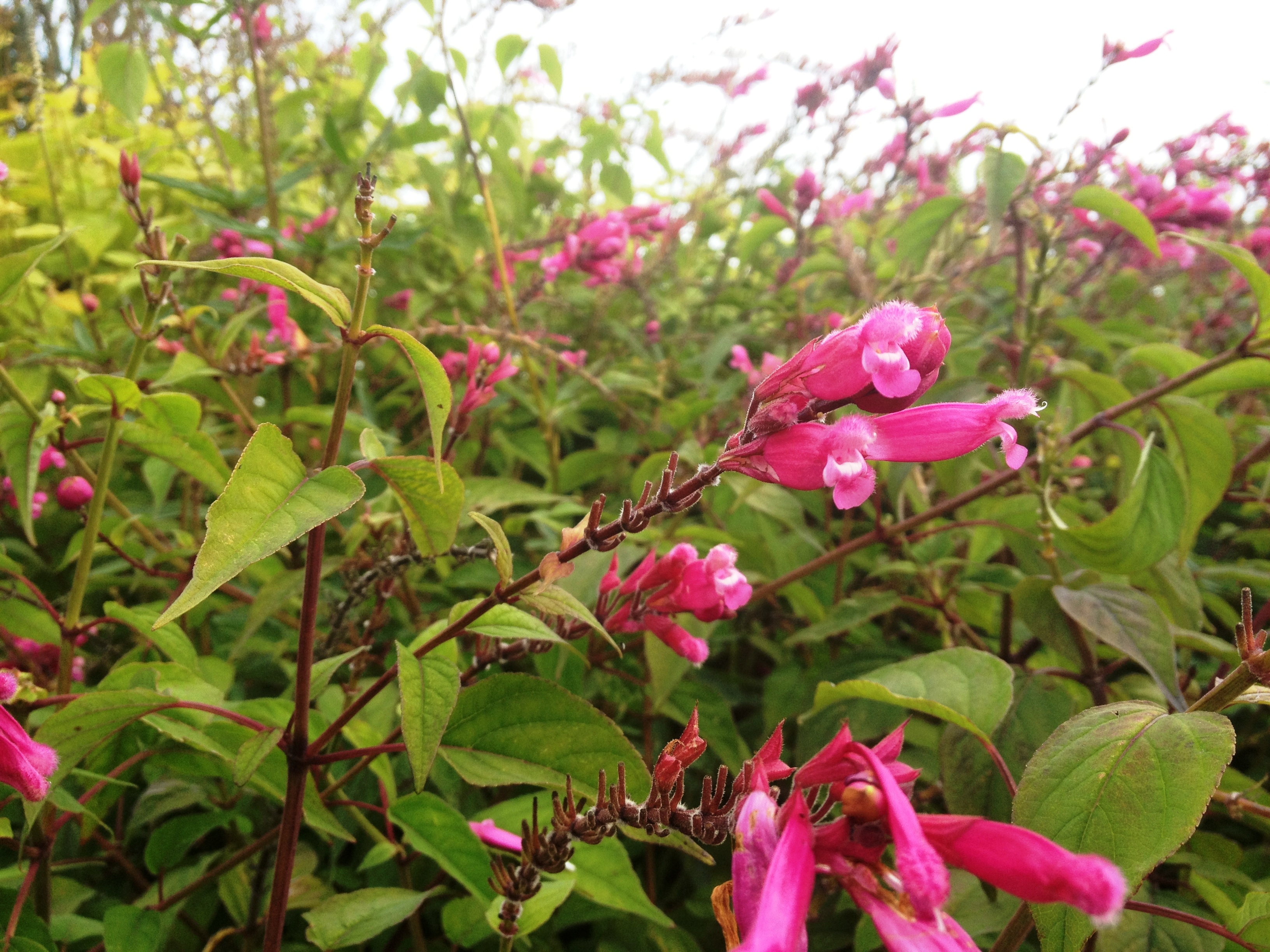Physical characteristics
Woody-based
Flowers and foliage
Flowers are produced in dense terminal spikes and are tubular and dark
Preferred site
Plant in
Preparation for planting
Prepare the planting site when soil is moist and easily worked after the first rains in autumn. This way the soil is still warm so the
With suitable preparation and care,
Maintenance tips
Apply mulch
In winter, clumps can be pruned to ground level and divided if requi
Most salvias require well-drained soil and are ideally suited to growing in semi-shade in Auckland gardens. Occasional irrigation during prolonged
Ecological and biodiversity benefits
Attract bees and butterflies.
Pests and diseases
Powdery mildew may be a problem later on in the summer.
Location at Auckland Botanic Gardens
Salvia Garden


.jpg?width=1200&height=800&v=1d53b049e5e8440)

.jpg?width=1200&height=1200&v=1d4024dceb89e50)

.jpg?width=1200&height=1200&v=1d5569224d63650)
 .jpg?width=1200&height=1200&v=1d4024df6ce2770)
.jpg?width=1200&height=1200&v=1d55676a892f2b0)
 .jpg?width=1200&height=1200&v=1d4024e3b65f7f0)